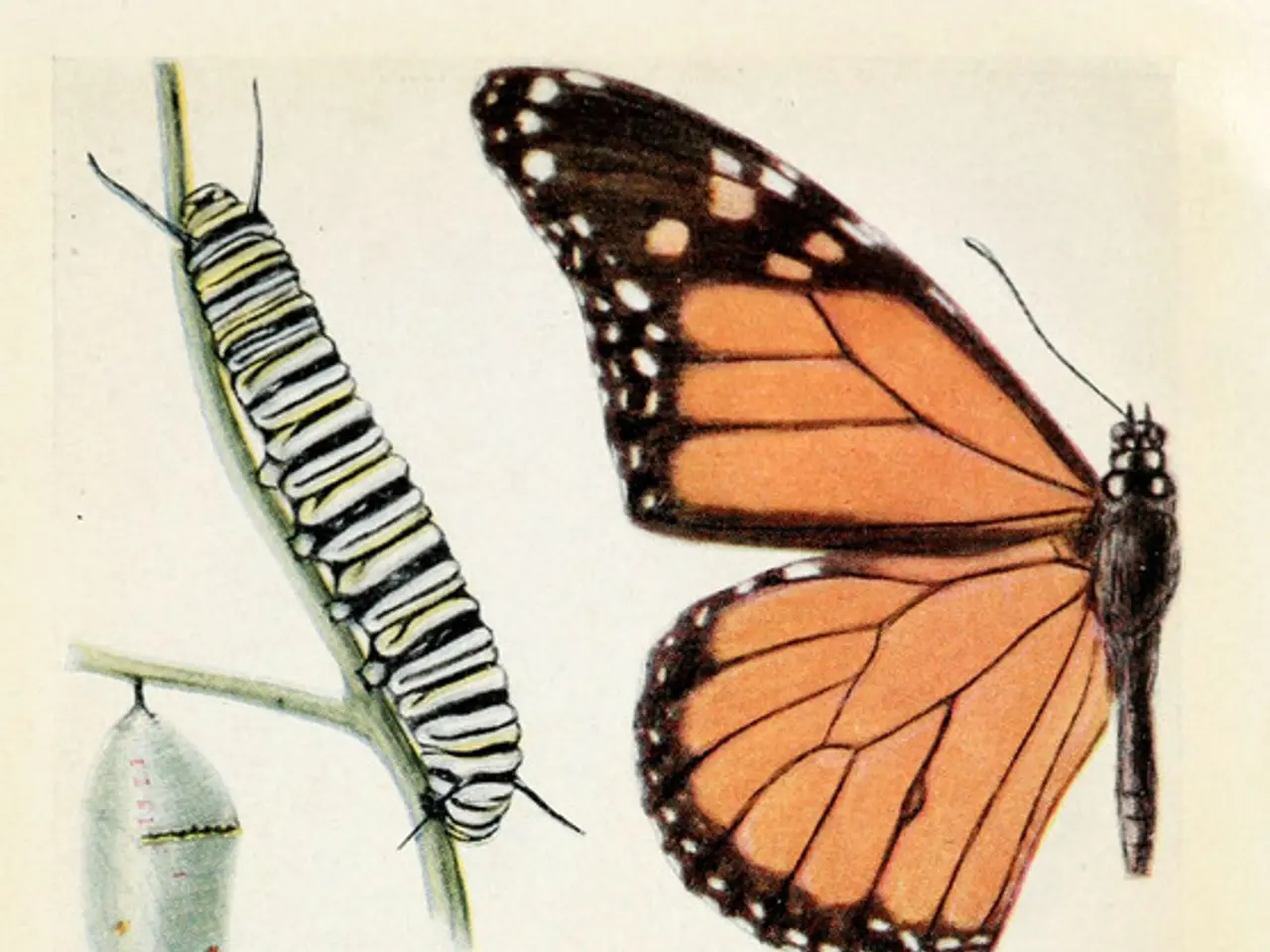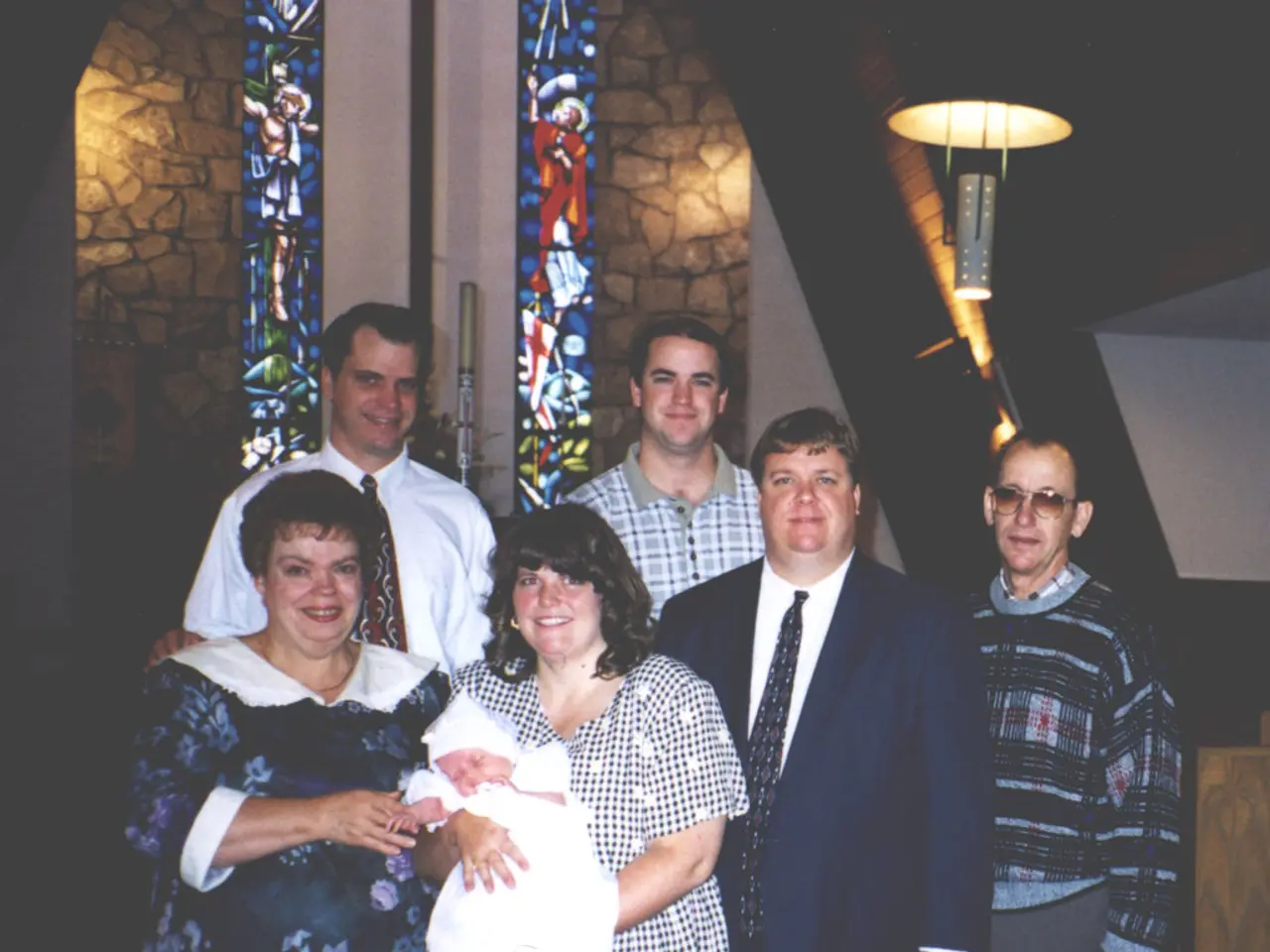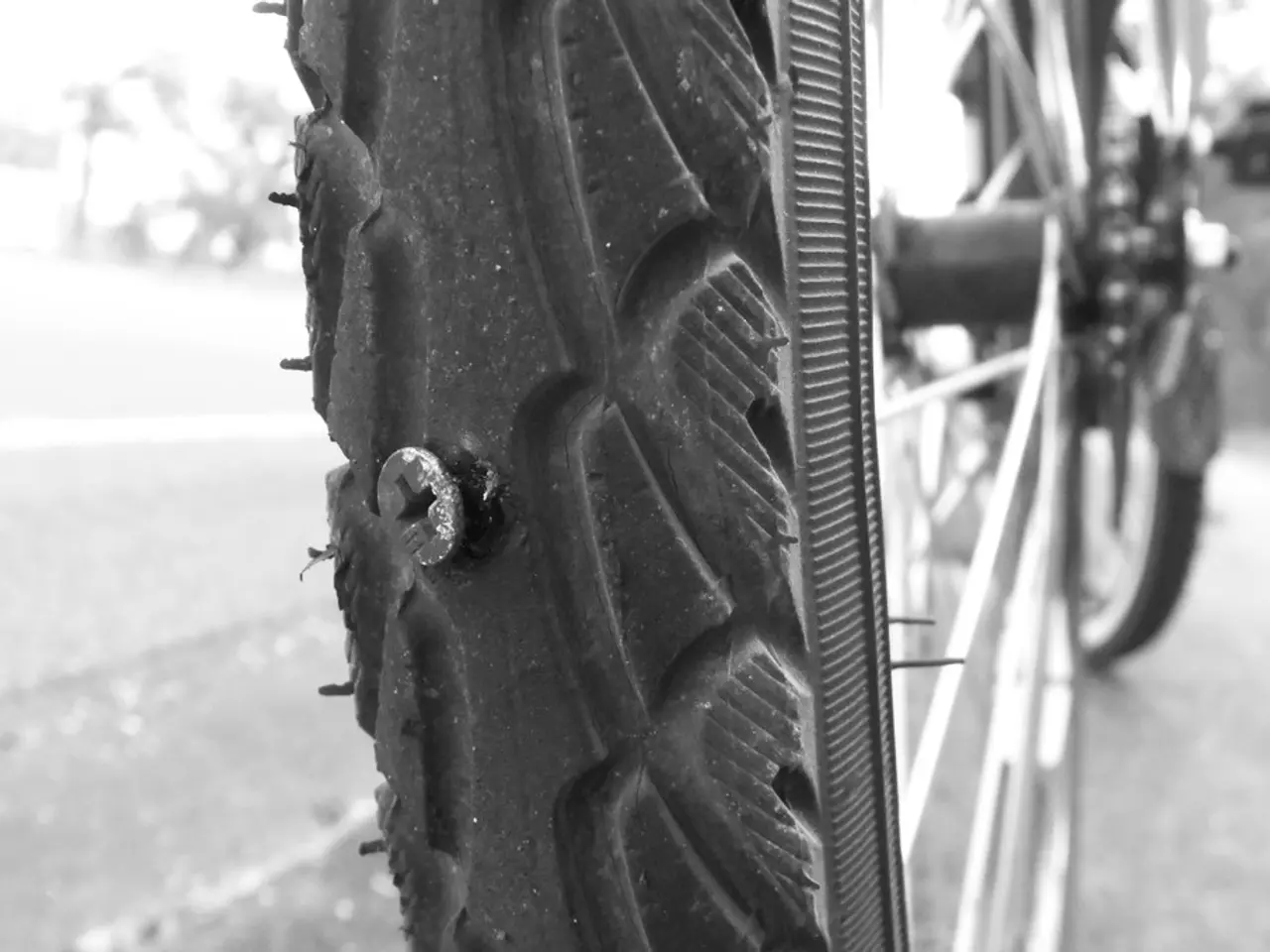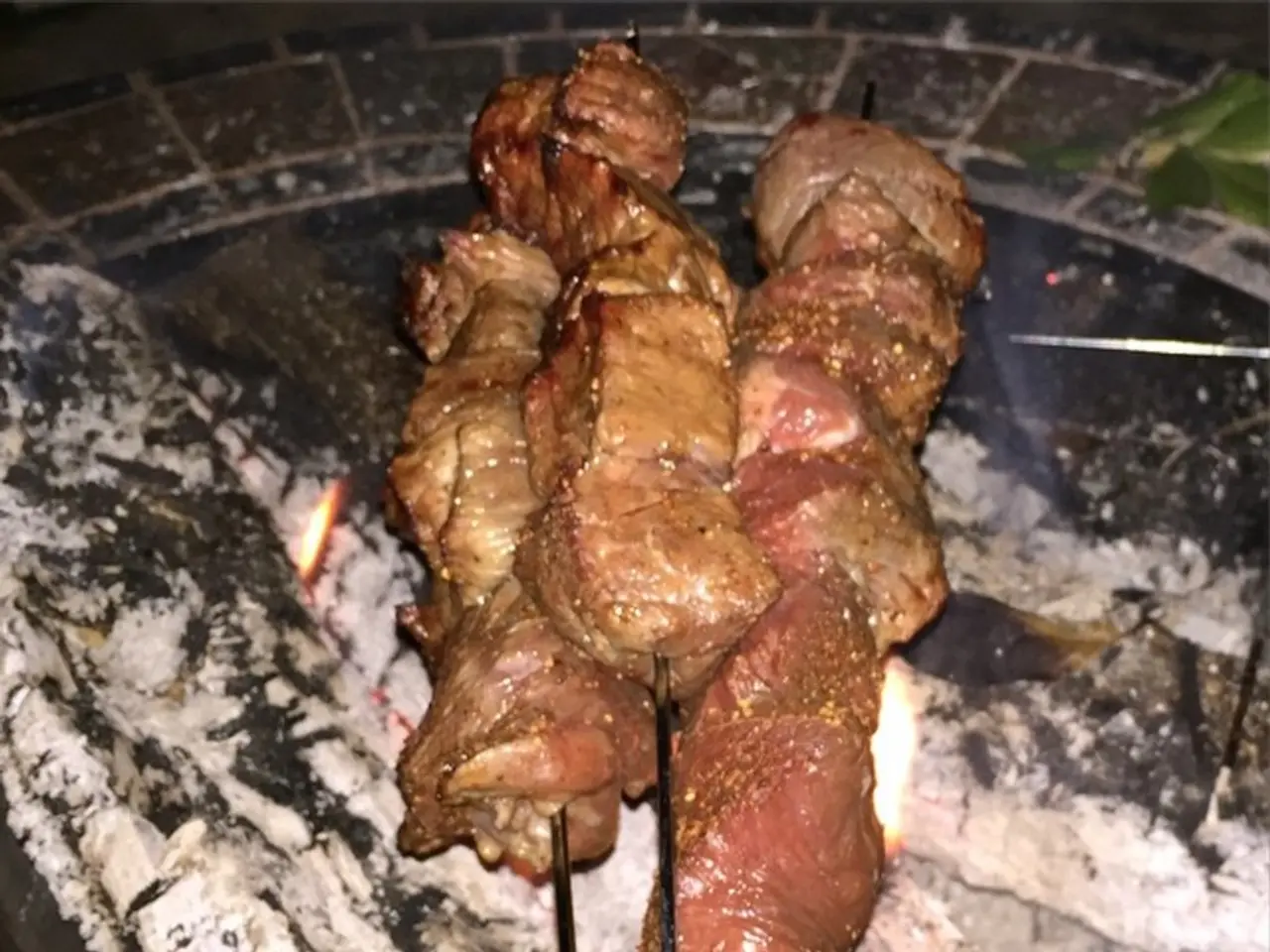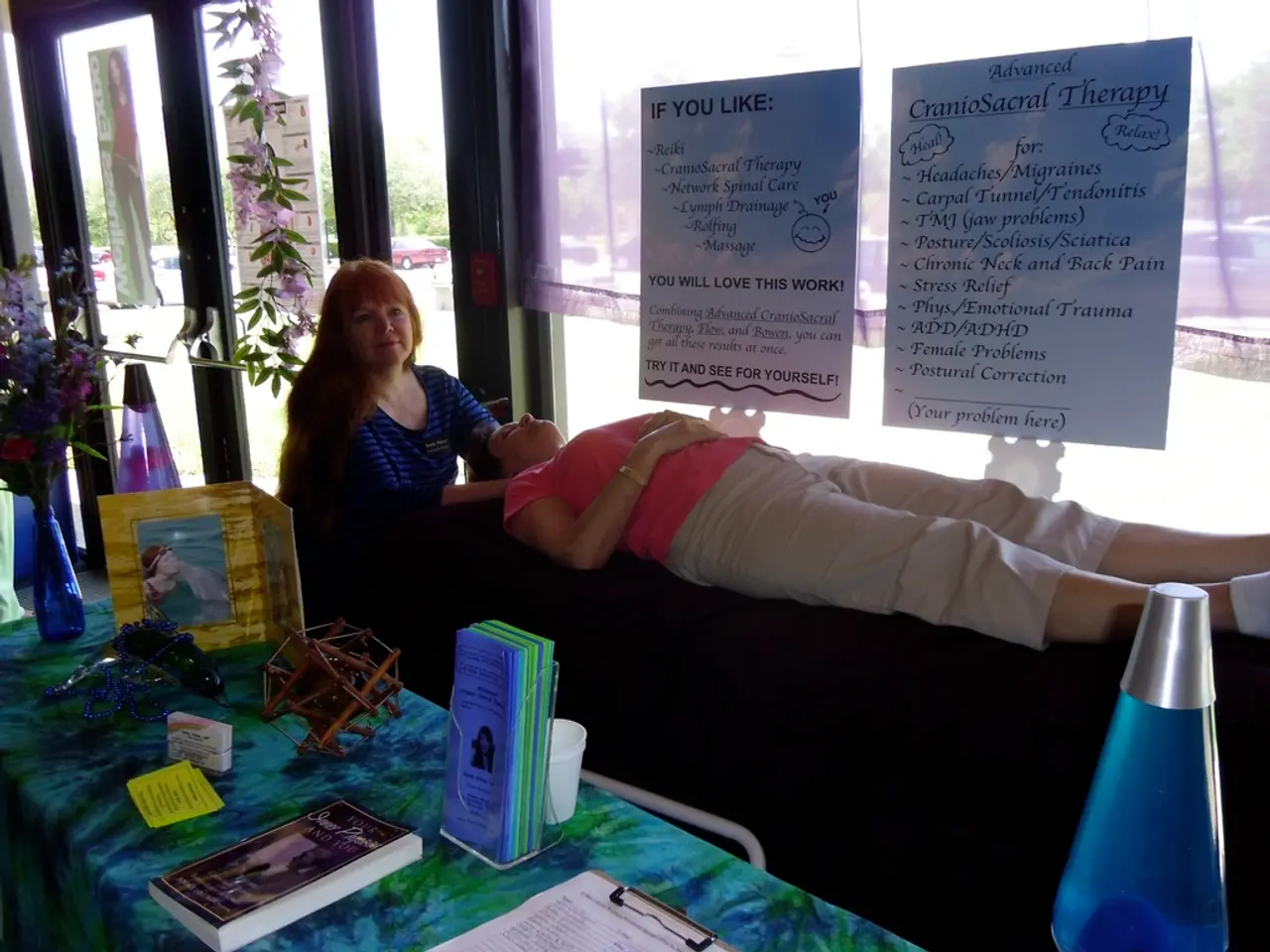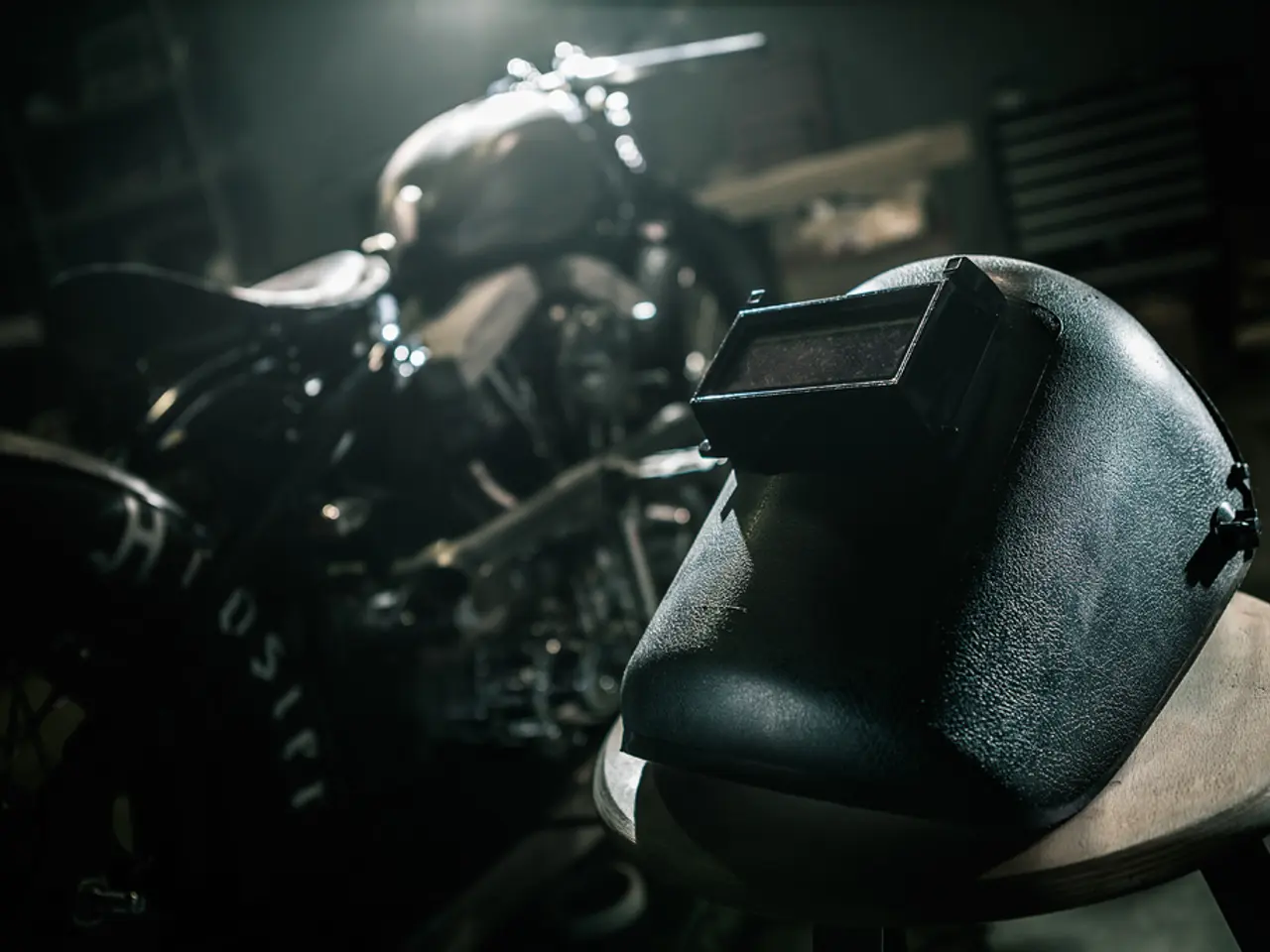Understanding Head Lice: A Comprehensive Guide to These Parasitic Insects
Lice infestations, often known as head lice or pubic lice, can be a common yet uncomfortable problem for people of all ages. These tiny parasites primarily spread through direct head-to-head contact, making schools and daycare centres hotspots for their transmission.
Fortunately, there are several home remedies available to help manage lice infestations. Here are some of the most commonly recommended methods:
1. **Wet Combing**: This non-chemical method involves combing wet hair with a fine-toothed lice comb. It is particularly suitable for infants and those who prefer to avoid chemicals. Repeat the process several times over a period of days to ensure all lice and nits are removed.
2. **Smothering with Oils**: Some people use olive oil or almond oil to smother the lice. This involves applying the oil to the hair and leaving it on for several hours before washing it out. However, this method is not proven to be effective for all cases.
3. **Conditioner and Combing**: Similar to wet combing, using conditioner to wet the hair can help make it easier to remove lice and nits with a metal lice comb. This method is often referred to as "bug busting."
4. **Nil for Herbal Remedies**: Herbal remedies like tea tree oil, eucalyptus, and lavender are not recommended by medical authorities as they are not proven to be effective against head lice.
It's important to note that a combination of treatments, such as medicated shampoos and wet combing, is often recommended for effective removal of lice and nits. For young children, it is advisable to consult a pediatrician before starting any treatment, especially if using medicated shampoos.
Other considerations include regular cleaning and washing of personal items and bedding, avoiding head-to-head contact, especially among children, and regularly washing and drying bedding, clothing, and towels in hot water. Ivermectin is an oral medication that can be used for severe infestations. Vinegar can help loosen nits from hair shafts, while Lice cannot jump or fly; they crawl from one person to another through direct contact.
Sharing personal items such as combs, brushes, hats, and headphones can also spread lice. Scratching the affected areas can lead to red or irritated skin, which may result in sores or infections. Lice are not a sign of poor hygiene, as they thrive on clean hair because it's easier for them to attach their eggs.
Educating your family about lice, their spread, and the importance of avoiding close contact with others who may be infested can help reduce the risk of lice in your household. Poor hygiene and crowded living conditions can increase the risk of body lice infestations. Lice are not known to transmit diseases, but their presence can lead to significant discomfort and itching.
In conclusion, while there are various home remedies for treating lice infestations, it's crucial to approach them with a combination of methods and to consult medical professionals when necessary. Regular checks on family members and maintaining cleanliness can help prevent and manage lice infestations effectively.
Mental health is crucial during these challenging times, especially when dealing with issues like lice infestations. To ensure overall health and wellness, it's essential to implement skin-care practices that promote a clean and healthy scalp. Moreover, recent studies suggest that CBD oil might have potential benefits for managing symptoms of anxiety and stress, which could indirectly support mental health.
